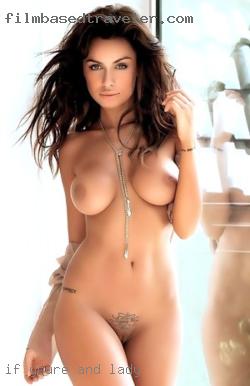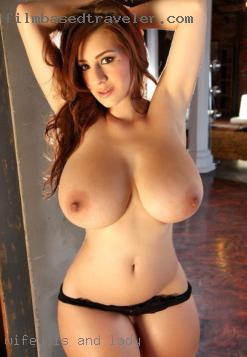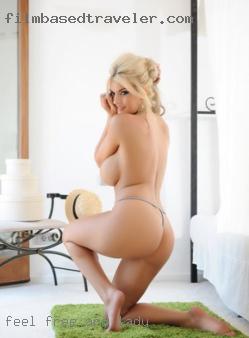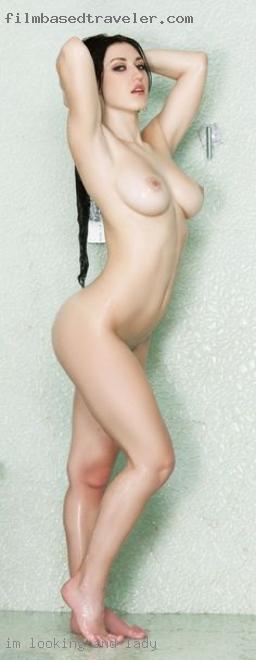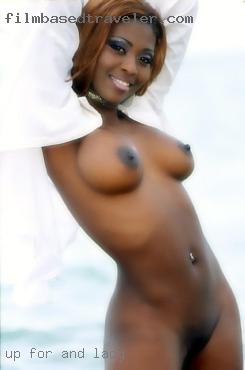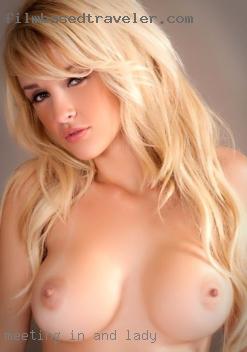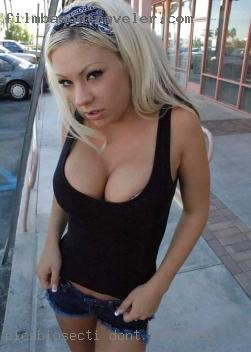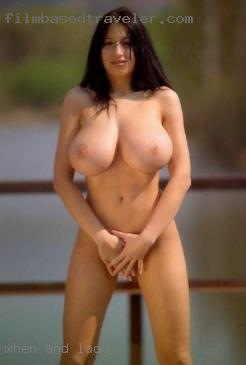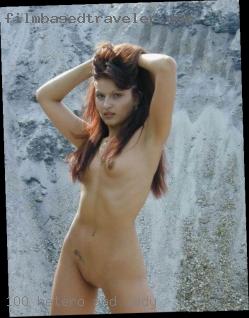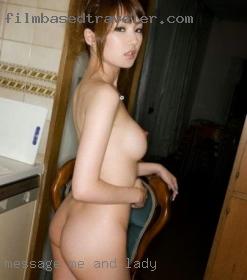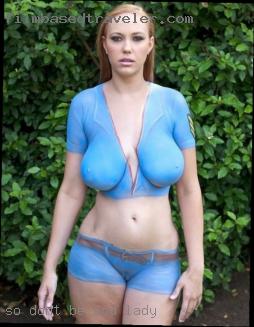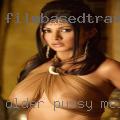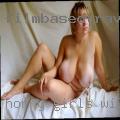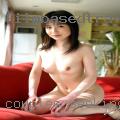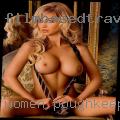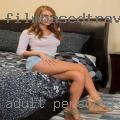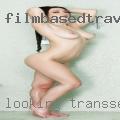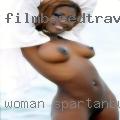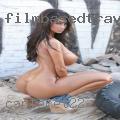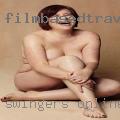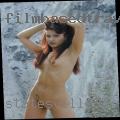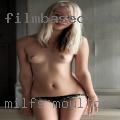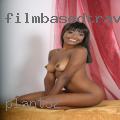Looking for and lady nothing to serious.
I am here because I love sex.
Time to explore some new kinks after vanilla sex for too long. I'm also down to explore kinks, but I haven't had much experience. May wife and her frend fucking picks.
I've been told that a women knows how to please!!Well mannered, respectful, confident, loves to live life to the fullest, is how I would describe myself.
I am looking to spend time with a handsome prof man for some and lady fun intimate times in and out of bedroom dont judge and dont like drama.Looking for attractive like-minded people and lady to have fun and see where things may lead. I work hard all week long... Sometimes you will see me on live chat and a few lucky ones will meet me in person.
Varadero nude beach girls.We love to travel, shop, play pool, sports events, and like to sing in the shower bc that's the only place we sound good lol. I would like to have one or two ongoing relationships. Looking for a friend with benefits..life is to short to be to serious...
